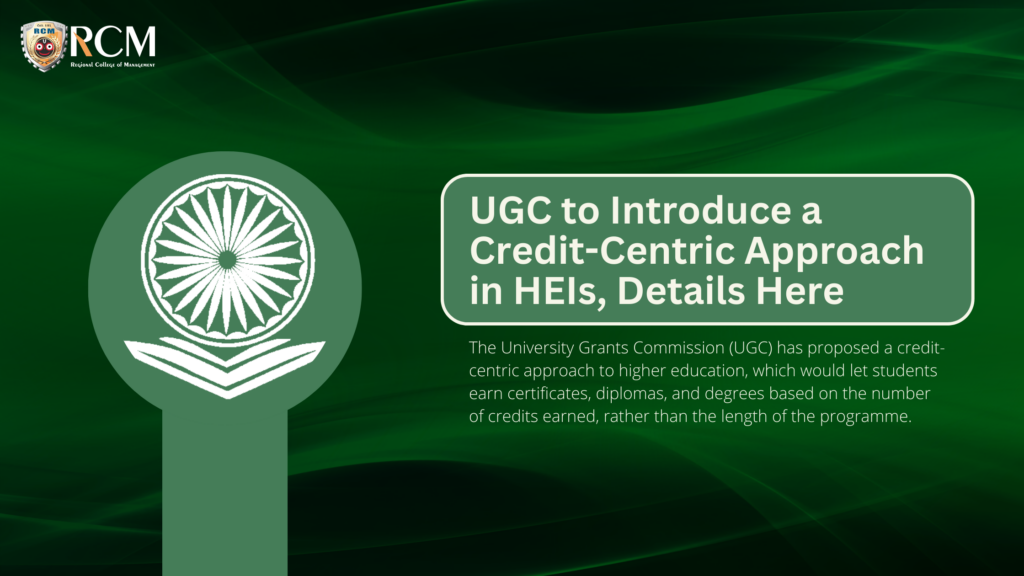The University Grants Commission (UGC) has proposed a credit-centric approach to higher education, which would let students earn certificates, diplomas, and degrees based on the number of credits earned, rather than the length of the programme. This approach is in line with the National Education Policy (NEP) 2020‘s goal of promoting flexibility and giving students multiple entry and exit options.
The University Grants Commission has suggested that regardless of the program’s minimum length, students should be awarded certificates, diplomas, and degrees after earning a certain amount of credits.
This choice aims to boost the nation’s higher education ecosystem’s system of numerous entry and exit possibilities. After completing 40, 80, 120, and 160 credits, students will receive a certificate diploma, a three-year degree, and a four-year degree, respectively.
The higher education ecosystem in the nation would resemble that of other nations if the credit-centric approach were to be adopted. The goals of the National Education Policy (NEP) 2020 are aligned with this policy-driven choice.
Speaking to Education Times, Prof Manish Ratnakar Joshi, secretary, of UGC, says, “This credit-based academic system would be instrumental in providing academic flexibility to students. This type of credit system is followed in many North American and European countries and hence, it will bring the higher education ecosystem in India to par with the best global educational practices. The credits that students would earn would be transferred to their Academic Bank of Credits (ABC) account.”
“We have also decided to revise the degree specifications to introduce varied degree nomenclatures. Till now the universities have not been awarding certificates to the students, but now with the introduction of this new nomenclature, they would be required to give it to students who exit after one year,” adds Joshi.
(Source: Times of India)
















